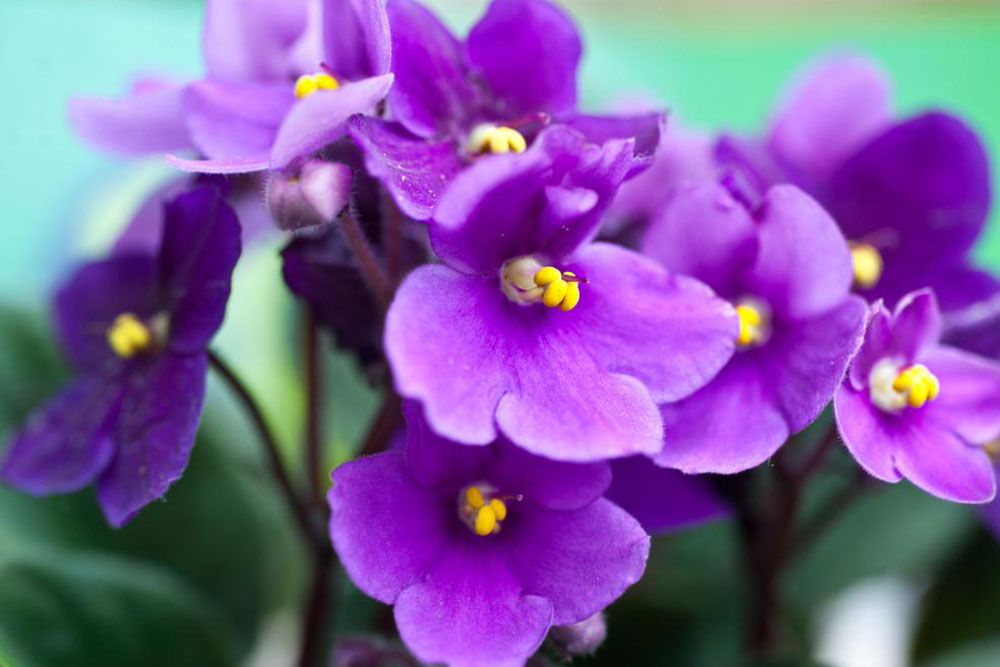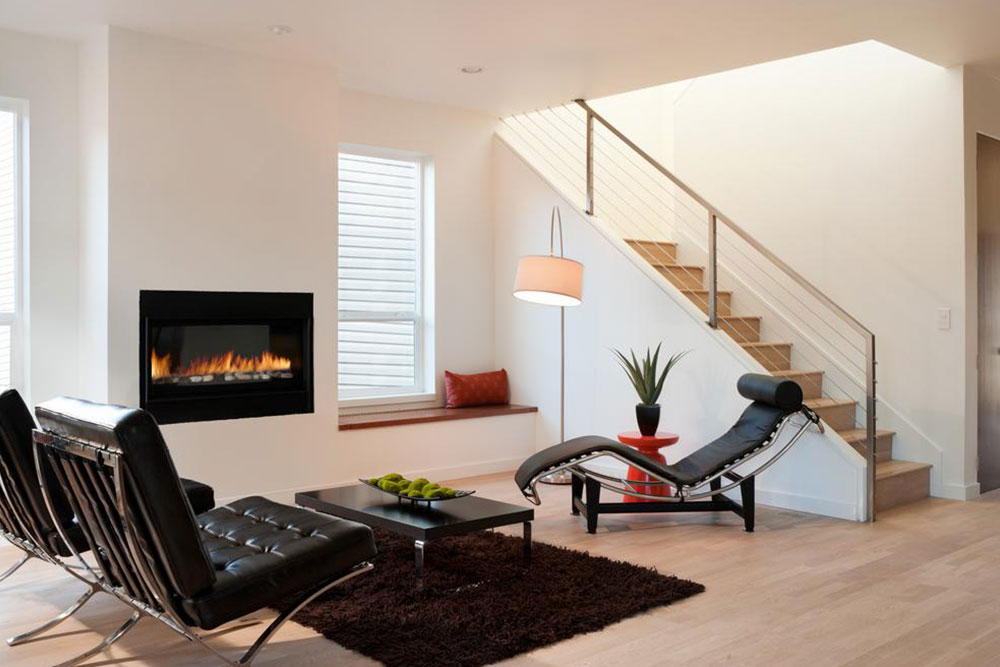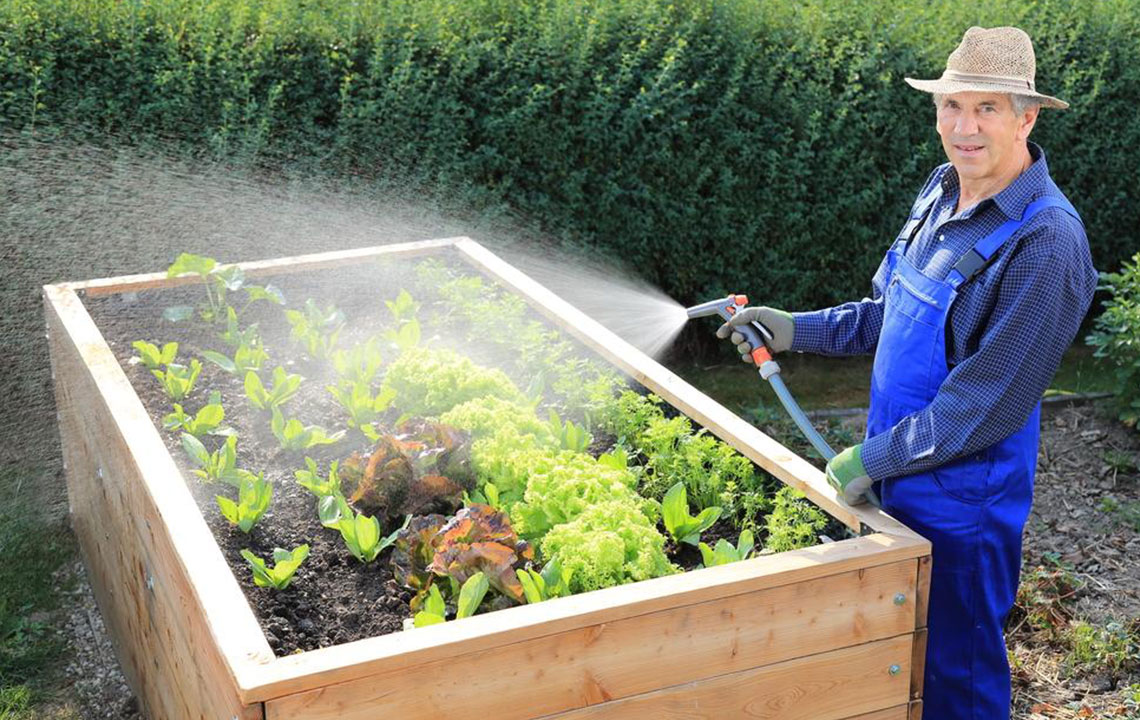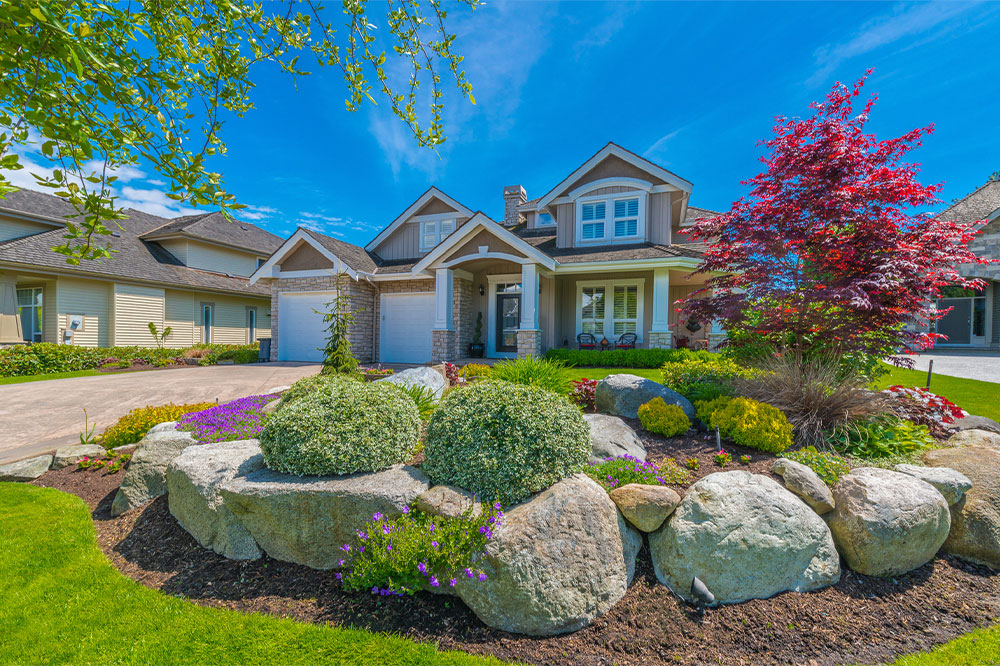Essential Tips for Growing and Maintaining Healthy African Violets
Discover essential tips for growing vibrant African violets. Learn about proper lighting, watering, soil selection, and propagation methods to keep these charming houseplants healthy and blooming. Perfect for indoor gardening enthusiasts interested in maintaining attractive and easy-care plants.
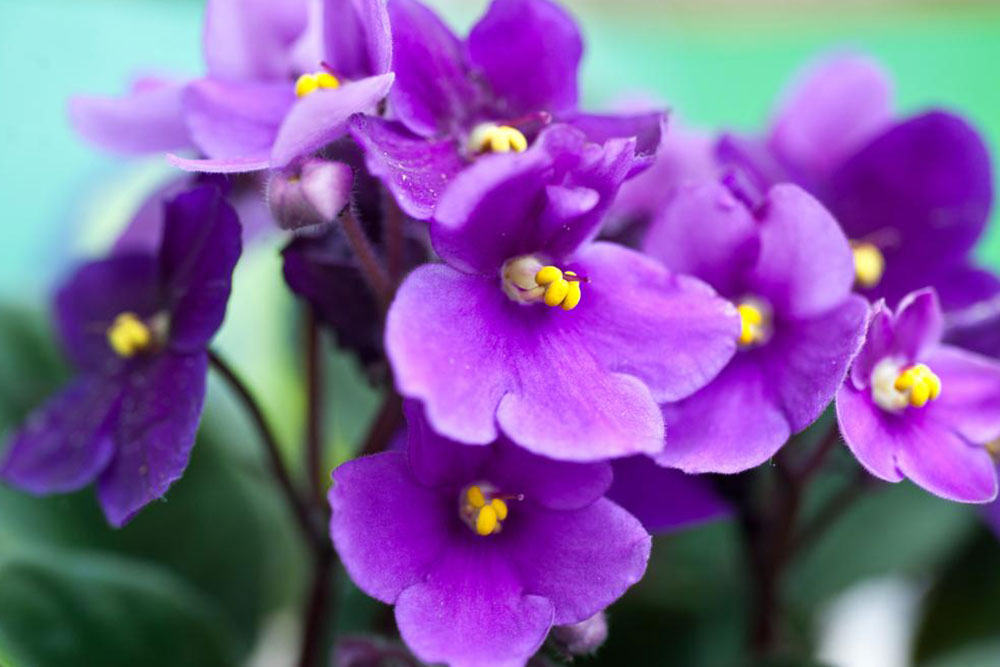
Essential Tips for Growing and Maintaining Healthy African Violets
African violets, scientifically called Saintpaulia, were first identified by Baron Walter von Saint Paul-Illaire, a German colonial official in Africa, in 1892. Currently, there are 21 known species. They are among the most favored indoor plants in North America and Europe due to their charm and ease of care.
These small, attractive plants thrive indoors, preferring bright but indirect light. When planting your own African violet, use specialized potting mix or universal potting soil suitable for flowering houseplants.
Native exclusively to Africa, African violets do not grow in the wild anywhere else. To cultivate your own, start with a leaf cutting. Cut the leaf at a 45-degree angle, place it in a container with lukewarm water, and cover loosely with plastic. Roots will develop in warm, indirect light.
Alternatively, root a leaf directly in soil, ensuring the soil is suitable for African violets. You can also propagate new plants from seeds, selecting the right soil and pot for planting or repotting. Proper care involves managing light, watering, airflow, soil, and pruning to keep your plants healthy.
Provide your African violets with moderate to bright, indirect indoor light. Water only when the soil begins to dry out, which encourages blooming. Maintain an environment with temperatures between 60°F and 70°F, as comfort is key for vibrant growth. These perennial plants are visually striking and can flourish with proper care, displaying beautiful blooms and lush foliage.

